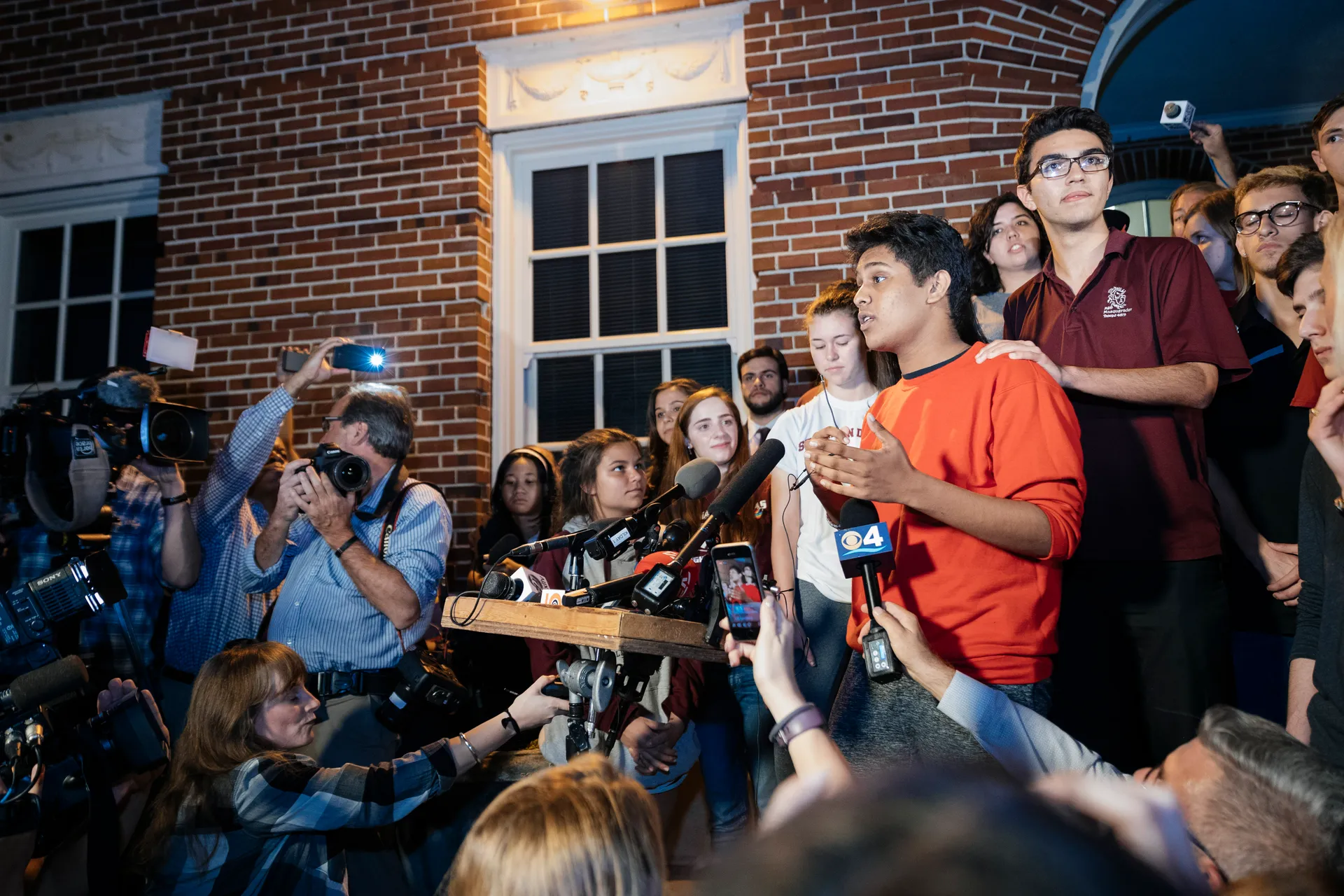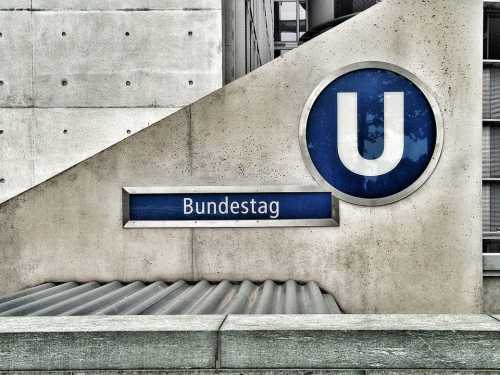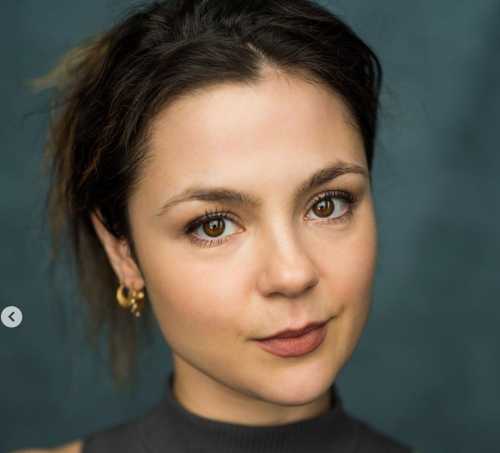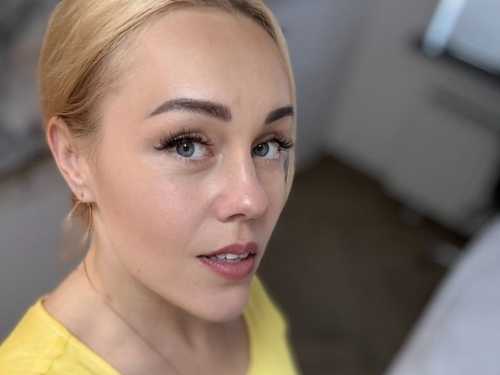
On December 14, 1992, an eighteen-year-old student at Bard
College of Simon’s Rock, in Great Barrington, Massachusetts, took a taxi
down the snow-covered Berkshire hills to nearby Pittsfield, where he
purchased an SKS semiautomatic assault rifle at Dave’s Sporting Goods.
He loaded it with bullets that U.P.S. had delivered to him that same
morning, and returned to campus in time for an afternoon exam. That
night, using the SKS, he killed Ñacuñán Sáez, a professor, and wounded a
security guard near the school’s main entrance; he then walked to the
library, where he killed a fellow-student, Galen Gibson, and wounded
another; last, he went to a dormitory, where he wounded two more
students.
I wasn’t in the library or in my dorm that night. It was exam week, so I
was playing the part of the French avant-garde dramatist Antonin Artaud
in a friend’s senior work, a play set within a talk show, where the
guests were all mad geniuses. It was that kind of school.
Artaud once said, “Tragedy on the stage is no longer enough for me, I
shall bring it into my own life.” For him, the separation between life
and the stage was an intact barrier to be violated. By 1992, such
distinctions were just on the brink of collapse—the twenty-four-hour
news cycle was in its early days, and MTV had launched its revolutionary
“The Real World” only months earlier. Displays of relatively raw real
life felt novel, a bit prurient. (And technologically demanding: cameras
were finicky collections of lenses and gizmos, and video cameras were
great, lumbering things.) The morning after the shooting, when we
emerged into the gray winter light, the wall of cameras and reporters
that greeted us felt, to me, like another assault. Better to avoid them,
slip quietly into a parent’s car, and try to make sense of things in
private—better for the school, to be sure, and so the administration
encouraged it. Putting up a wall of silence and privacy seemed to be
better for the survivors, too, or so went the thinking. More dignified.
It wasn’t the time for recriminations or blame.
Now, in the wake of the Parkland shooting and #NeverAgain, I’m not so sure. Whatever else it does, silence breeds shame. At sixteen, I felt
ashamed that I could only process the murders as proof that the world
would let us die, for sport. But saying that out loud, it seemed at the
time, helped no one. I felt ashamed that I couldn’t better bond with my
classmates, ashamed that I wasn’t more socially adept. In 1992, without
social media, with just a phone hung on a wall, I could disappear, and I
did; by spring, I’d dropped out and was working at a Christmas-tree
farm, checking roots. We all found ways of moving on with our lives.
Dozens of school shootings—hundreds of injured and dead—litter the time
line between then and February 14th of this year, when a
nineteen-year-old used an AR-15 to kill seventeen people at Marjory Stoneman Douglas High School, in Parkland, Florida. The Parkland
massacre unfurled on social media almost in real time, in front of millions of viewers. Its survivors never had the chance to disappear,
never had the option to retreat and mourn in private.
So far, they don’t seem to want to. Instead, they are fighting for their
lives by trolling their elders. They have weaponized shame. They are
riotous, instant TV stars. They burn N.R.A. goons on Twitter and call
out companies who do business with the group with the full knowledge that
with embarrassment comes delegitimization. These teen-agers intuitively
grasp the fact that, when the President’s Administration, much of
Congress, and much of the court system subsist on blood money, the only
recourse is disgrace. Their virtuosic and vitriolic wit is perfectly
suited for today’s world, in which activism-as-insult-comedy seems not
only cathartic but effective.
We’ve seen this before. ACT UP’s coruscating rage in the nineteen-eighties and nineties
insisted that, in the midst of the AIDS crisis, silence equalled
death. Politicians and gun lobbyists have warped this wisdom to argue
that, amid these constant school shootings, silence respects death.
Families must just mourn in peace. Those who note how these murders
occurred are politicizing tragedy, as if tragedy could ever escape politics. The funereal etiquette of the N.R.A. and the G.O.P. rests
less on empathy than on an investment in the status quo, and #NeverAgain wants that status quo gone. Suffering in silence has become
impolite.
Unhelpfully, I worry for the student activists. I worry that one of them
is going to get shot. Or caught in new crosshairs that didn’t even
exist when I collapsed into my parents’ car twenty-five years ago. As
these wildly poised teen-agers process trauma in our feeds and on our
televisions, I worry that a volley of threats, insults, and accusations will
hit a survivor with unexpected force.
But perhaps it takes a troll shading guns to stop the bad guys selling
them. “No one has ever written, painted, sculpted, modeled, built, or
invented,” Artaud once wrote, “except literally to get out of hell.” To
that list, let’s add “ridiculed” and “shunned”; let’s add “tweeted” and
“posted” and “owned Marco Rubio in a CNN town hall.”
After twenty-five years and more of this hell, hiding feels too shameful.
Sourse: newyorker.com






